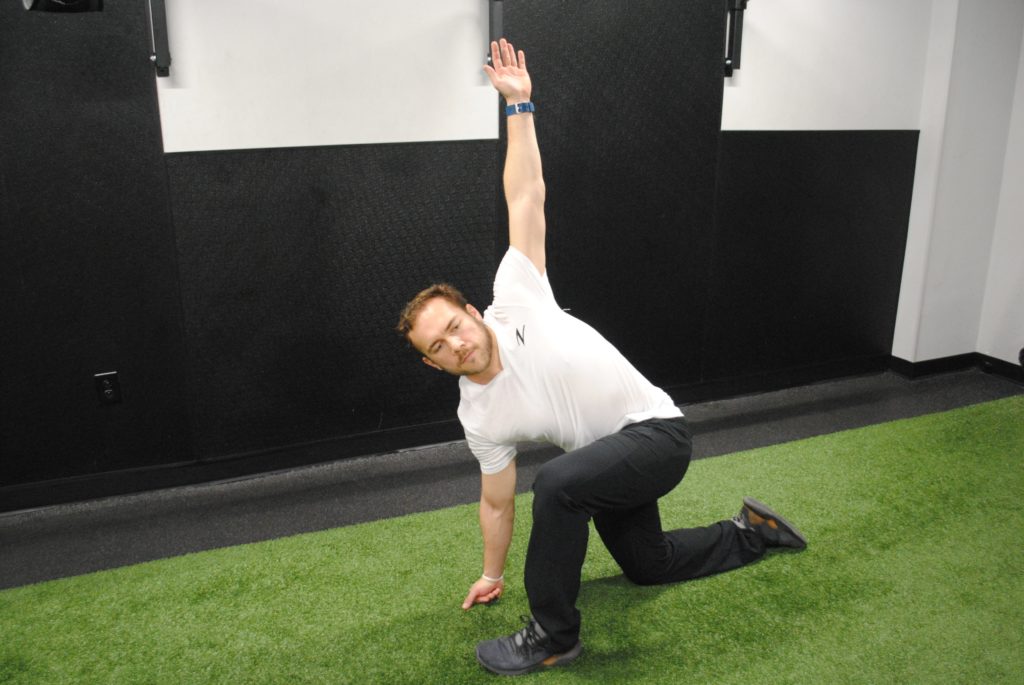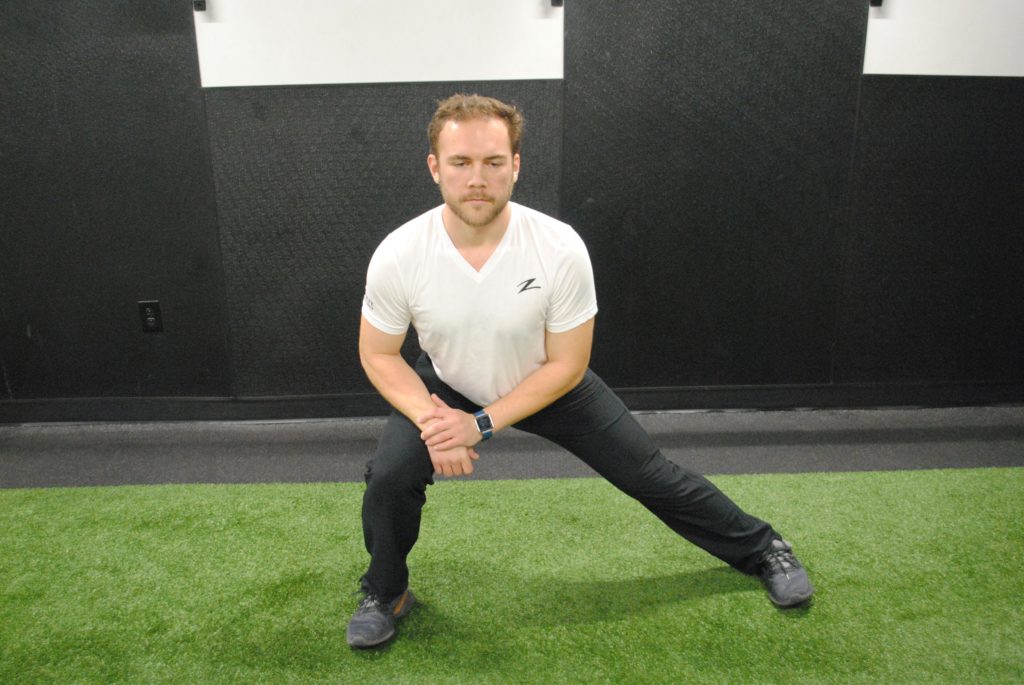By AJ Lam, MS, CSCS, PES supervisor & senior exercise physiologist at Zarett Rehab & Fitness and Joseph Zarett, physical therapist and founder of Zarett Rehab & Fitness
Post-exercise cooldown is an effective strategy to enhance recovery. All too often athletes find themselves rushing to the showers after a session because they have not allotted the appropriate five to ten minutes for a proper cooldown period. Like the warm-up, which we discussed in the previous issue, the cooldown tends to be overlooked. It is, however, a vital component to success as an athlete aiming to retain longevity on the court. The more you cool down, the longer you will be able to play.
Passive vs Active Cooldown Strategies
We typically subdivide the cooldown into two primary methods, passive or active. The passive cooldown requires the aid of a certain device or practitioner, where the athlete is typically not providing any additional work or effort. At Zarett Rehab & Fitness, every client concludes their session with a passive cooldown consisting of assisted stretching by a licensed physical therapist, as well as soft-tissue massage by a licensed massage therapist. This is tremendously effective. Other passive strategies may include pneumatic compression devices, localized heat or ice, hot- or cold-water immersion, cryotherapy. The effectiveness of many of these passive modalities has been shown, yet some have also been marketed heavily to sell rather than provide physiological benefits.
The active cooldown is performed by the athletes themselves. Commonly, this will be a series of low-intensity movements to promote the healing of damaged tissues. This might be five to ten minutes on an elliptical or any other cardiovascular-training machine. More specifically, an athlete may perform a series of mobility exercises that are specific to their sport or injury history. The major benefit of the active cooldown is that it doesn’t require any additional assistance, meaning this can be completed by the athlete themselves.
Three reasons to spare five minutes for a post-session cooldown period:
- Mitigate post-exercise muscle soreness
Following exercise, there is an inflammatory response that allows for healing of the muscular tissue which may have experienced micro-tearing. The subsequent muscular soreness is often felt during this healing period. By performing a cooldown, blood pooling in certain tissues is reduced, metabolic waste is removed and new nutrients infiltrate these tissues to promote healing. This is largely how the cooldown can effectively reduce post-exercise muscle soreness.
- Provide the opportunity to address mobility deficits
Everyone has unique limitations in their movement which could pose as a catalyst for injury. The cooldown period is an excellent time to work through a short list of mobility drills, hitting two birds with one stone. Ideally, an athlete should have a series of movements that have been prescribed to them based on their sport and existing limitations. By staying consistent, an athlete can turn their former weaknesses into strengths.
- Decrease sympathetic tone (stress)
Sympathetic tone is the nervous system’s level of excitement. When the nervous system is firing on all cylinders, our heart rate and blood pressure is elevated. This is highly correlated to an individual’s perceived level of stress. The cooldown period is proven to reduce sympathetic tone, further enhancing mood and promoting longevity. This is a key component that has a great transfer into a variety of avenues on the court.
Here are three key movements that any squash athlete can use today. Ideally, we recommend that an athlete seek out a credentialed professional for an individualized cooldown routine of their own.
- Lunge with rotational reach 2×5 each side
- Lateral lunge 2×5 each side
- Prone pigeon stretch 2×30” each side
- Lying belly-breathing for two minutes







